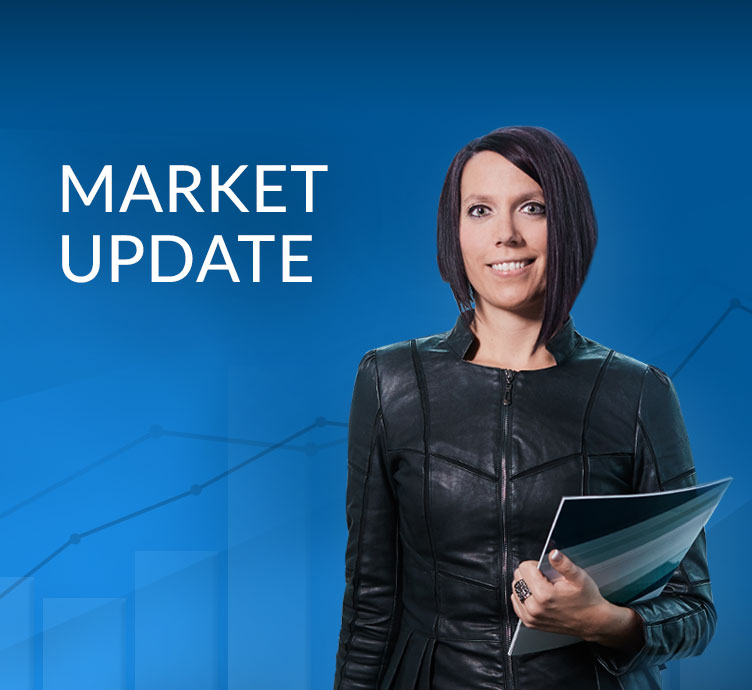Main Scenario
Sustained Global Expansion
Probability 55%
The novel coronavirus poses some notable downside risks in the near-term amid efforts to contain its spread, which sparks a temporary slowdown in global economic activity during the first half of 2020. Specifically, global firms brace for supply-chain disruptions amid factory closures that have crippled production, while quarantines, travel restrictions, cancelled events, and a fearful population entering lockdown-mode acts as a blow to the consumer-driven services sector. As such, we expect growth to deteriorate substantially during the second quarter and to weigh on corporate earnings. However, the slump will prove transitory in nature as policymakers aggressively ramp-up their efforts to stem the damage – both on the monetary and fiscal fronts. Taken together, our base case forecast assumes that the number of COVID-19 infections peaks and moderates during the second quarter, pentup demand is unleashed, and global economic activity normalizes in the second half of 2020, with the trifecta of monetary stimulus, government spending, and low oil prices amplifying the recovery and alleviating the strain on risk assets. As such, our reflationary base case scenario for a Sustained Global Expansion has been delayed, not derailed. The environment of reaccelerating economic growth, ultra-accommodative monetary policy settings, and receding virus-related angst creates a lucrative backdrop for investors and bodes well for equities and commodities at the expense of fixed income and the US dollar.
Scenario 2
Global Recession
Probability 35%
Failure to contain the coronavirus outbreak morphs into a global pandemic and sparks a full-blown recession and bear market in stocks. In this calamitous scenario, virus mitigation efforts from governments that include quarantines, work stoppages, and restricted mobility fuels a steep contraction in global economic activity, with broad based weakness across both the consumer and business sectors. Specifically, extensive factory closures paralyze global supply chains and cripples production, which in turn weighs on revenues and corporate profitability. These factors become self-fulfilling in that the loss of business revenues and potential for corporate bankruptcies results in job losses that further dampen spending intensions and economic activity well beyond the lifespan of the epidemic. Meanwhile, efforts to contain the virus such as restrictions on mobility induces a profound collapse in travel and tourism, which when combined with heightened levels of panic in general keeps consumers isolated and reluctant to spend.
Scenario 3
Political Instability
Probability 10%
The trend towards populism and protectionist policy could ignite a crisis in confidence and destabilize the financial markets, while heightened geopolitical strains also have the potential to create periodic bouts of volatility. The biggest risk to our base case scenario is a rise in protectionism stemming from the US and the threat of a full-blown trade war that would derail the synchronous global expansion. While the US has proven successful in securing a trade deal with Canada and Mexico and extracting a “phase one” trade agreement with China, vulnerabilities remain due to the sizeable trade deficit in the US. Notably, trade tribulations between the world’s two largest economies are likely to prevail as negotiations linger-on unresolved with no concrete, long-term deal to tackle the larger, structural issues and imbalances between the US and China. Meanwhile, Trump’s focus may also shift towards other global trading partners, with the US threatening to use Section 232 (national security grounds) to impose tariffs on auto imports. Taken together, an escalation in the trade debacle would be detrimental for trade flows and hence, the global economy. The political landscape in Europe and the UK also remains highly uncertain, with the fortunes for these economies hinging on whether UK and EU negotiators can agree on a trade deal in 2020, as failure to do so before the year-end deadline would result in a “hard” (no-deal) Brexit. Finally, uncertainty over the US election could also act as a strain in 2020, with anti-business rhetoric from the Democrats potentially creating pockets of volatility in the coming year.
















